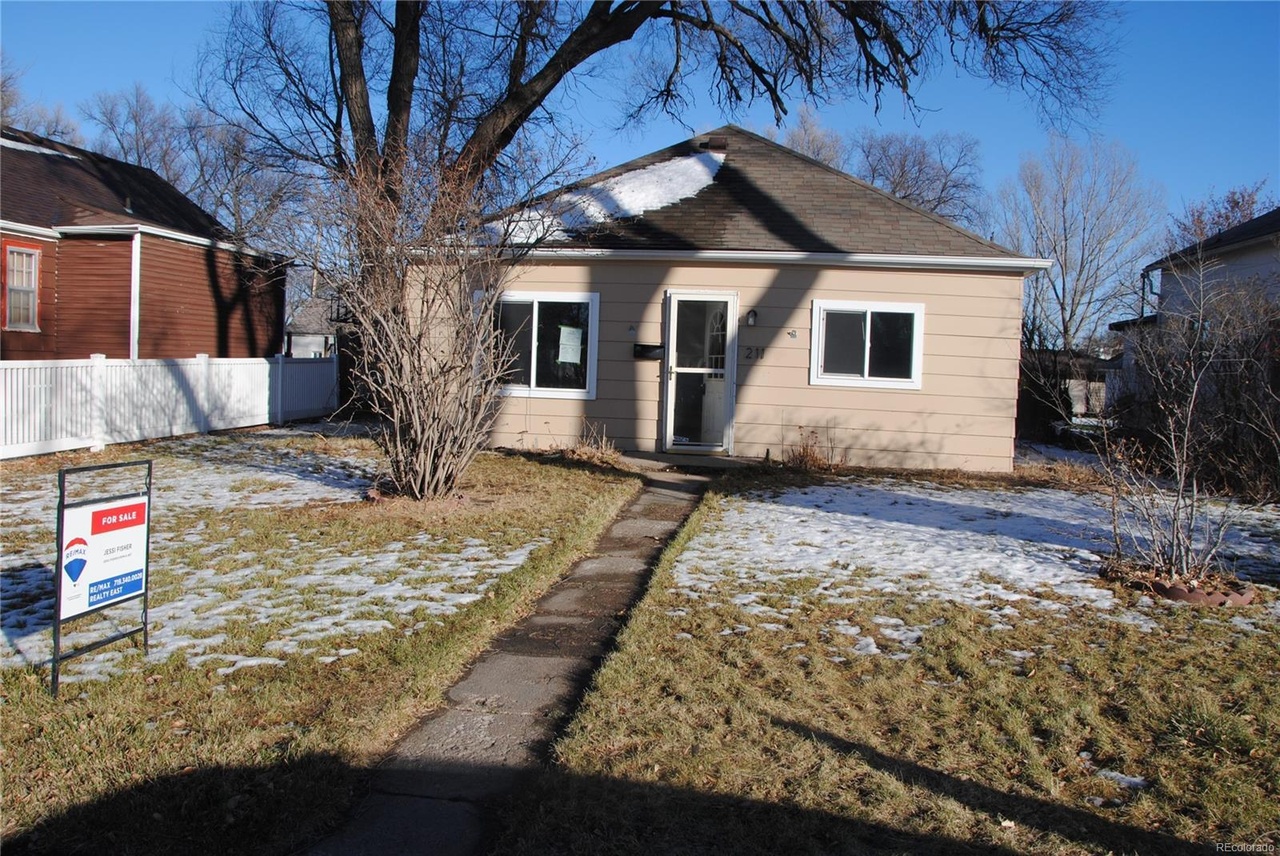


Over the course of four rainfall events comprising 353 mm, only 3% of the atrazine and 1% of the isoproturon applied to the core was recovered in drainage water. Nonequilibrium became more pronounced with depth on both occasions. After herbicide application, solution concentrations ranged from 1–26% and 1–34% of those predicted for atrazine and isoproturon respectively at equilibrium in the core top soil whilst twenty-one months later they ranged from 1–3% for both herbicides.

This change was due to differences in water flow regimes resulting from changes in the structure of the cultivated horizon between rainfall events. Following application, herbicide losses were mainly from gravity drainage samplers at 0.55 m whilst 21 months later losses were mainly from samplers at 0.175 m. Leaching of recently applied atrazine and isoproturon (2.475 kg/ha) through a large (1.1 m × 0.8 m in diameter), heavily cracked core of clay soil is compared with leaching of their aged residues twenty-one months later.


 0 kommentar(er)
0 kommentar(er)
